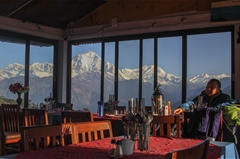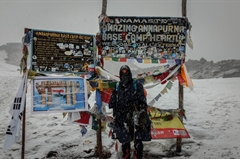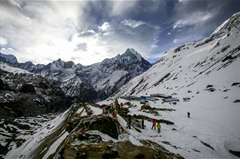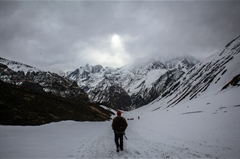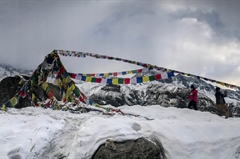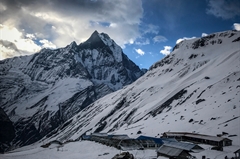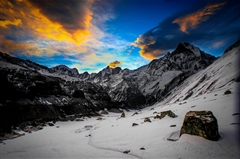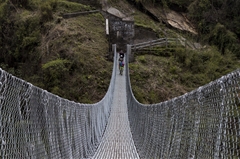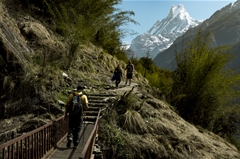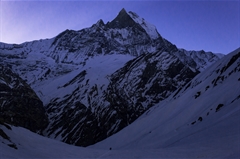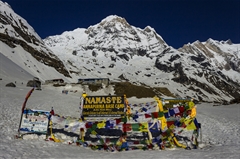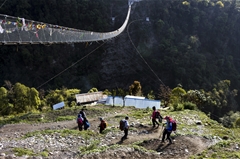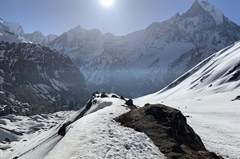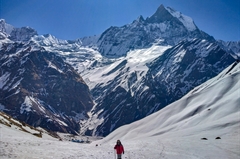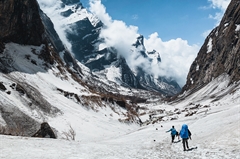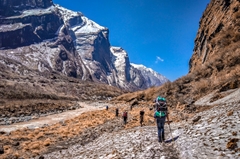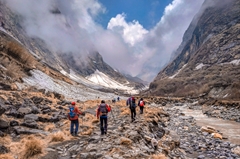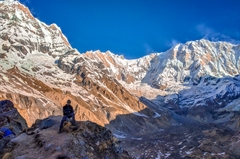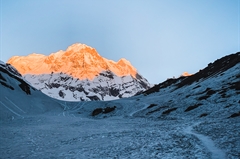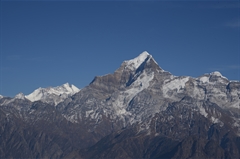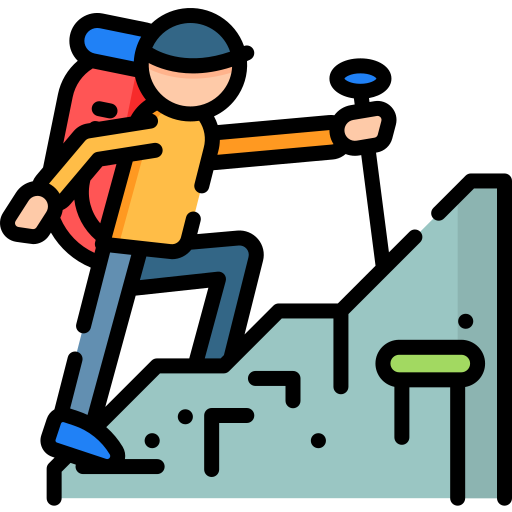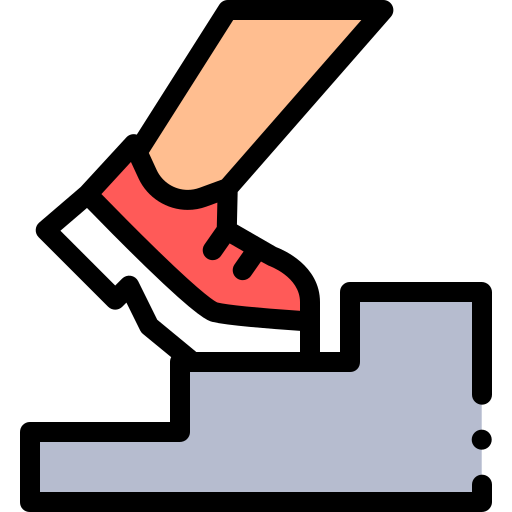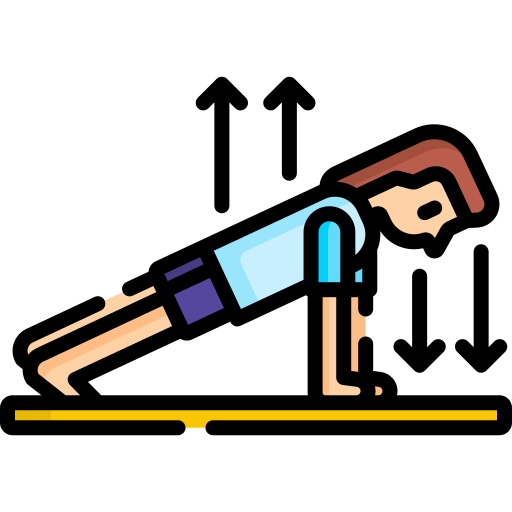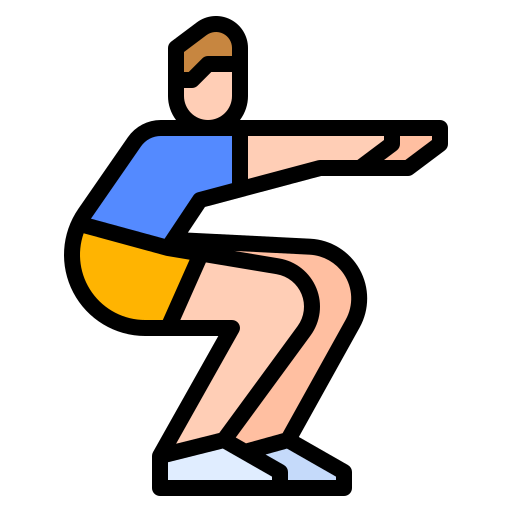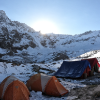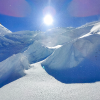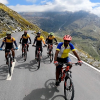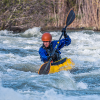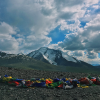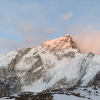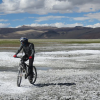Annapurna Base Camp Trek
The perfect mesh of adventure, culture and natural splendor
Available Batches
Available Batches
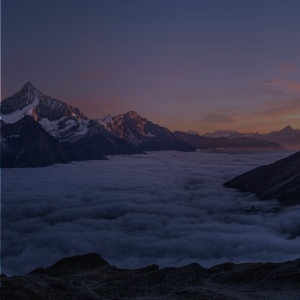


Brief Description
Brief Itinerary
Detailed Itinerary
Day 1
Arrive in PokharaDay 2
Drive Pokhara to Ghandruk (6,571 ft)
Distance: 57 kms
Duration: 5 hours drive
Today is the first day of the Annapurna Base Camp trek and our destination is Ghandruk, a beautiful Gurung village. We start with a 5 hour road journey to Ghandruk from Pokhara. On the way towards Ghandruk we reach Nayapul, where trekkers have to fulfill the necessary check-in formalities at the office of ACAP. Ghandruk houses a museum of local Gurung culture. If the weather is clear, you will be able to see the Hiunchuli and Macchapucchre peaks from your teahouse in the evening.
Day 3
Ghandruk to Lower Sinuwa (7,414 ft)
Distance: 11 kms
Duration: 6-7 hours
Sinuwa is the destination set for today. Today’s hike is a roller coaster on foot. Once you hike through the entire village of Ghandruk, the trail climbs up 200 m gradually to reach Kimrong Danda, a small village perched on top of a ridge. The village offers panoramic views of the surrounding mountains. From Kimrong Danda, you descend 400 m sharply through oak and rhododendron forests, crossing the Kimrong Khola at the valley floor. Once you cross the river, you will pass through the lower Kimrong village before climbing up again to Chhomrong. It is a 500 m climb to one of the biggest villages (with authentic Italian coffee) in the valley - you will have to stop at an ACAP Checkpost here. Chhomrong stretches from the top of the ridge down to valley floor, and you will descend 400 m through the entire village down to the stream. The day is not yet done, and you must climb another 200 m up steep stone steps to reach Lower Sinuwa, our halt for the night.
Day 4
Lower Sinuwa to Deurali (10,400 ft)
Distance: 12 kms
Duration: 6 hours
You will start from Lower Sinuwa today and climb 250 m to the upper village. Upper Sinuwa offers brilliant views of the higher valley. The trail is level for the first few kilometres, passing through dense bamboo and rhododendron forests. If you are hiking here in April, the rhododendron trees are in full bloom and the forest is alive with red flowers and birdsong. This section is one of the best parts of the trail. Once you reach Kuldigar, you will descend to Bamboo on the valley floor. The bamboo forests get denser as you climb gradually towards Deurali, passing through the villages of Dovan (look out for a giant waterfall crashing onto the river just across the village) and Himalaya - yes, that’s what the village is named. Just before you reach Deurali, you will pass the Hinku caves next to the trail and traverse a fan of avalanched snow and debris. The climb from Bamboo to Deurali is a whopping 900 m and should take 4 hrs - if you’ve prepared well! Deurali is a small village just at the base of Macchapuchhre - one of the most perfectly shaped mountains in the world.
Day 5
Deurali to ABC (13,451 ft) via Machhapuchhre Base Camp (12,070 ft)
Distance: 8 kms
Duration: 5-6 hours
Today is the high point of the trek. We will hike upto ABC via Macchapuchhre Base Camp today. You will climb up 900 m , crossing the Modi Khola twice, and passing through sparsely vegetated slopes. As you climb higher up the valley, you will have to climb through accumulated snow from the winter. Macchapuchhre Base Camp offers excellent views of Macchapucchre, and even Annapurna South if you take a short walk from your lodge. You will gradually ascend over the right lateral moraine of the Annapurna glacier. The trail is an easy, pleasant climb. As walking some distance from MBC, you will realise you’re surrounded by massive 7000 m and 8000 m peaks. ABC is right at the foot of Hiunchuli and Annapurna South (7,219 m). To the right, you will see the main Annapurna (8.091 m) peak. To the east of Annapurna are Khangsar Kang, Tare Kang, Gangapurna and Annapurna III. A gigantic wall of steep rock and ice rises up from the glacier to the summit of Annapurna. Overnight at ABC.
Day 6
Annapurna Base Camp (13,451 ft) to Bamboo (7,582 ft)
Distance: 14 kms
Duration: 6-7 hours
Wake up before sunrise today, to have the best golden hours view of Mt. Annapurna. Enjoy your early morning tea with Annapurna in the background. It will be one of the best sunrises you will ever see. After enjoying the mighty Annapurna Sanctuary, we retrace the same trail that drops all the way down through Deurali, Himalaya and Dovan to Bamboo. After walking for about 6 hours, we finally reach the destination of the day, that is, Bamboo.
Day 7
Bamboo to Jhinu (5,659 ft)
Distance: 9 kms
Duration: 6-7 hours
Jhinu Danda is the destination set for today. From Bamboo, we first hike up to Kuldhigar, where the office of ACAP and the visitor center is located. We then hike down to the bridge across the Chhomrong River passing Sinuwa. We cross the bridge and enter a beautiful Gurung village of Chhomrong. From Chhomrong, a steep descent will take us to Jhinu Danda. The Jhinu hot springs is 15-20 minutes downhill from Jhinu Danda. A 15 minute descent from the village to the riverbed takes you to the hot springs - three pools brimming with naturally heated water - the perfect balm for your aching legs after 6 days of hard trekking!
Day 8
Jhinu to Nayapul and Drive to Pokhara
Distance: 12 kms + 40 kms
Duration: 5 hours trek + 2 hours drive
Pokhara is the destination set for the day. Crossing the bridge over the Modi River, the trail initially passes through sporadic bamboo forest, which then crosses various small settlements up and downhill, decorated with terrace farms featuring seasonal crops till Siwai. The road intersects with the trail here, and you have the option of hiring a jeep to avoid hiking the last 8 km to Nayapul. If you choose to continue hiking, it will take another 2 hours to reach Birethanti where you will complete check out at the ACAP Checkpost. From Birethanti, it is a 10 minute climb to Nayapul, where you will board your vehicles for the drive to Pokhara. You can take a stroll along the Lakeside cafes and market, or actually go to Phewa Tal and sit by the lakeside bars or even take a boat out onto the lake. Overnight in Pokhara
Day 9
Depart from PokharaWhat's Included
- Accommodation in Pokhara on Day 1 and Day 8
- Accommodation in guesthouse/lodge on all trek days
- Permits (Upto the amount charged for Indian nationals)
- Staff costs including their salary, insurance, equipment, local transfers)
- Experienced guide
- Mountaineering course certified Bikat's Trek Leader for group size of 6 & above only.
- Three meals (Breakfast, Lunch & Dinner) a day during the trekking (open menu to choose one item per meal from the menu). Order more at your own cost.
- Backpack Offloading upto 10 Kg per participant
What's Not Included
- Any Expense of personal nature.
- Any meals during the trek/road journey/hotel accommodation
- Any tip to porters or guides which is a customary thing in Nepal
- Travel Insurance and Rescue Evacuation in case of emergency
- Any kind of Insurance
- Any Expense not specified in the inclusions list.
- Gaiters, microspikes and sleeping bags (wherever necessary) are not included and thus have to rented from Pokhara by you.
- Additional Permit Fee for Non Indians & OCI Card Holders
Are you Eligible for this Adventure?
Annapurna Base Camp Trek takes you to a height of 4,130M and is rated a moderate level trek for its long trekking distances. For its elevation and distances, it is recommended for trekkers with some prior experience in the high-altitudes.
BRS Level Required
This makes it mandatory for you to have high-altitude experience of preferably multiple treks marked at level 3 on the BRS. The altitude, the terrain, and the nature of the climb demand a certain level of endurance and a need for you to be aware of how your body reacts to the various features of the high-altitude environment.
If you do not know what level of BRS trek would suit you best, worry not! Fill out this Form:
we will send you a progression chart to help you comfortably get out of your comfort zone in order to level up and ultimately reach your highest potential in the big, bad world of outdoor adventure.
Packing List
This is a list of essential items for individuals doing the trek with Bikat Adventures. This list contains only those items which the participants are required to bring with them. The list excludes those items which are provided by Bikat Adventures on the trek. We have divided the items into five categories. All the items in the list are essential except for those marked as optional.
Trekking Gear
- Ruck sack bag with rain cover. Qty -1
- Day Pack Bag - Recommended for treks with summit day
- Head Torch with spare Batteries. Qty -1
- U V protection sunglasses. Qty -1 Here is how you can choose the best sunglasses for trekking.
- Water Bottles: 2 bottles of 1 liter each
Footwear
- Non-skid, deep treaded, high-ankle trekking shoes Qty -1
- Pair of light weight Slipper/Sandals Qty -1
Clothing
- Quick Dry Warm lower or Track Pants. Qty - 2
- Full sleeves T-shirts/ Sweatshirts. 1 for every 2 days of trekking
- Pair of thick woolen socks. 1 pair for every two days of trekking
- Thermal Body warmer Upper & Lower. Qty-1
- Undergarments. Qty - 1 for every day of trekking
- Warm jacket closed at wrist & neck .Qty-1
- Full sleeves sweater. Qty -1
- Rain wear ( Jacket & Pants ) . Qty-1
- Pair of waterproof, warm gloves. Qty-1
- Woolen cap. Qty-1
- Sun shielding Hat. Qty -1
Toiletries
- Personal toiletries kit (Small Towel, Toilet paper, paper soap, Bar soap, toothbrush, toothpaste, cold cream, etc.)
- Sun screen lotion small pack. Qty -1 Here is your Sun Protection 101 to stay safe in the bright sunny outdoors.
- Lip Balm small pack. Qty-1
Utensils
- Small size, Light weight & Leak proof lunch box. Qty-1
- Plate. Qty- 1
- Spoon.Qty-1
- Tea/Coffee (plastic) Mug.Qty-1
Miscellaneous
- Camera (Optional)
- Carry your medicines in plenty in case you have any specific ailment. Consult your doctor before joining the trek.
- Dry fruits, Nuts, Chocolate bars (Optional)
Frequently Asked Questions
Why Bikat?
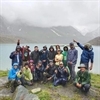

Small Group Size
Our batch sizes are capped at 15 for smaller treks with the trek leader and trekker ratio of 1:8. This ratio, in our years of experience, has proven to deliver the best trekking experience for individuals as well as groups. Capping the size of the group ensures individual attention to each trekker so that no signs of distress or need during the trek go unnoticed. It also helps to form a more cohesive cohort with better group energy which helps define the rhythm and pace of days on the trek. As you go higher up on the BRS scale, since the stakes are higher, expeditions have an even smaller group size with the ratio of expedition leader to climber set at 1:2.
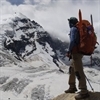

Qualified Trek Leaders
We follow a rigorous regime of hiring and training our experts in the field. Each trek leader is a certified mountaineer with years of experience in the field. In addition to their qualification, they also go through practical and situational training to tackle any and all kinds of sudden conditions that may present themselves on the ground. Being unpredictable is the core nature of the mountains but being ready for any circumstance as best as possible is a controllable asset that we try to nurture. Our field experts are also trained in basic medicine and first-aid response. Watch: Forerunners - The Making of A Trek Leader At Bikat Adventures
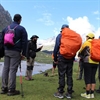

Guided Progression
Since Bikat Adventures is a learning-based organization, we help you climb up the ladder of difficulty within the sphere of outdoor adventure systematically. Our on-ground training modules are designed to handhold you through the upskilling process so that you are ready to take on bigger challenges.
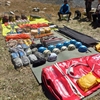

Equipment Quality and Check
All the gear used on our treks and expeditions is tried and tested, maintained for good quality, and is overall top-notch in quality and condition. We are continually looking to obtain the best of everything there is in the market so as to ensure optimum safety.
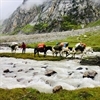

Support Systems
Along with the staff you see on-ground, we have a team of superheroes working in the background to give you the best experience possible. Our background team also comprises local staff from each area who know the region best. Having local support helps with studying the area, pre-planning, execution, and in receiving timely support in case of emergencies in these remote locations.
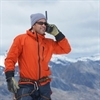

Communication
Our on-field staff is in constant contact with our teams based in primary locations so as to eliminate any avoidable delay in reaching additional help and support when required. We try to use the best tools for communication available, including satellite phones, in regions where they are not restricted.
What our customers Say
Cancellation Policy
Cash refund
Cancellations up to 60 days prior to departure date
Between 60 days upto 30 days prior to departure date
Between 30 days upto 10 days prior to departure date
Less than 10 days prior to departure date
Voucher refund
Cancellations up to 30 days prior to departure date
Between 30 days upto 15 days prior to departure date
Between 15 days upto 10 days prior to departure date
Less 10 days prior to departure date
- Cash refund is applicable only in case of bookings made without using any promotional offer code or Cancellation Vouchers or Discounts
- This is only a brief of cancellation terms. For finer details please refer Detailed Cancellation Policy.
Blog Posts
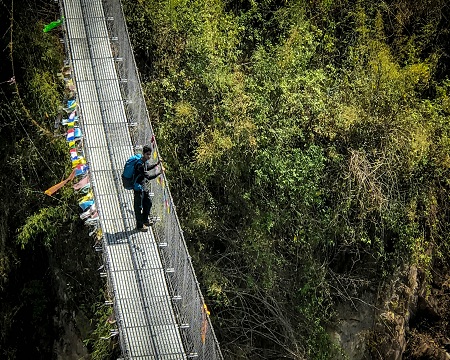
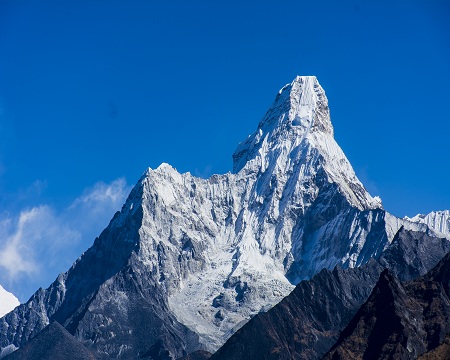
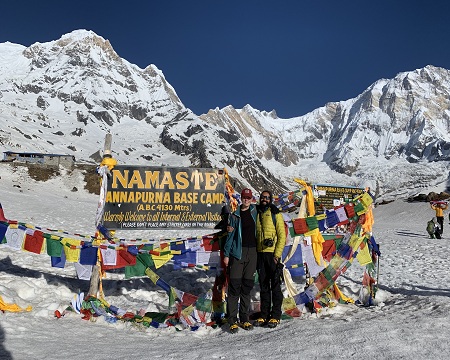
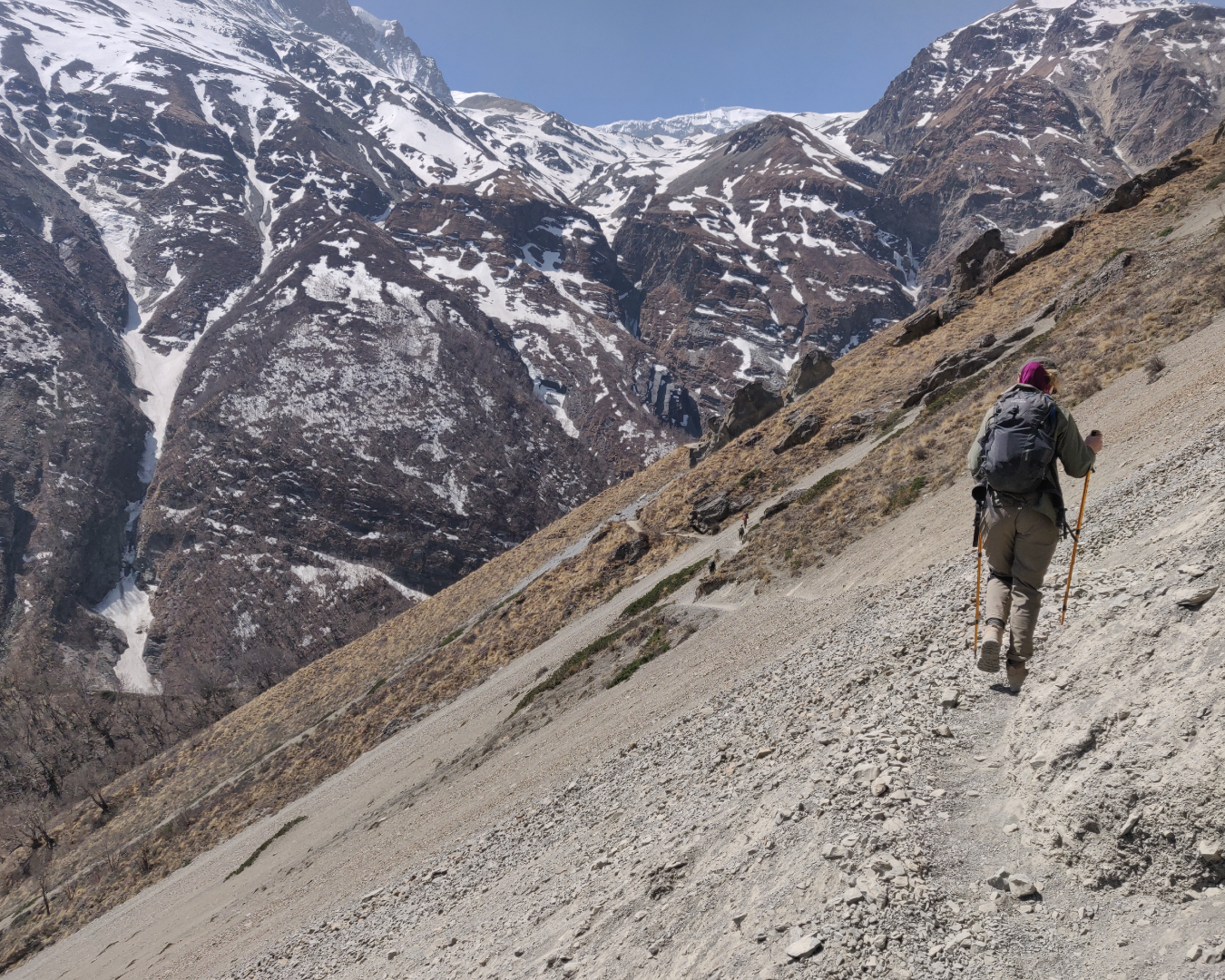
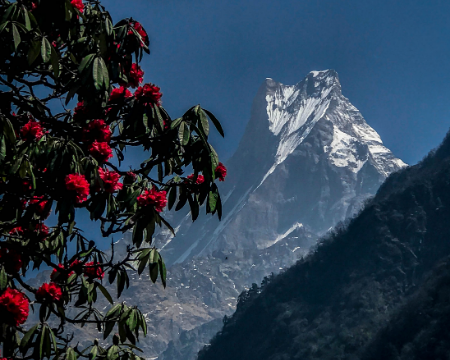
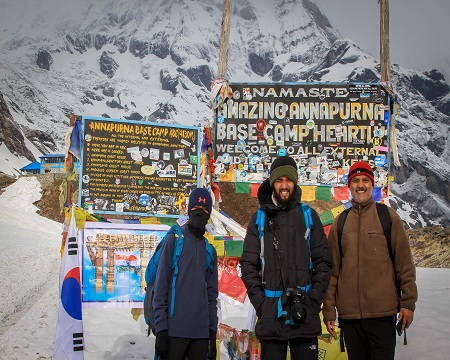
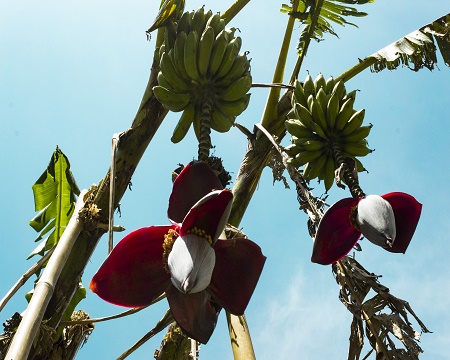
Similar Adventures
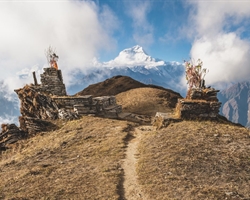
Khopra Ridge Trek
Less popular, less crowded, more beautiful alternative to ABC
Nepal
10 Days
BRS 4
4767 m

Tarsar Marsar Trek
A Shorter and Easier Alternative to the Kashmir Great Lakes Trek
Kashmir
7 Days
BRS 4
4024 m

Hampta Pass Trek
An Enchanting Cross-Over from Manali to Spiti
Himachal
5 Days
BRS 4
4200 m
